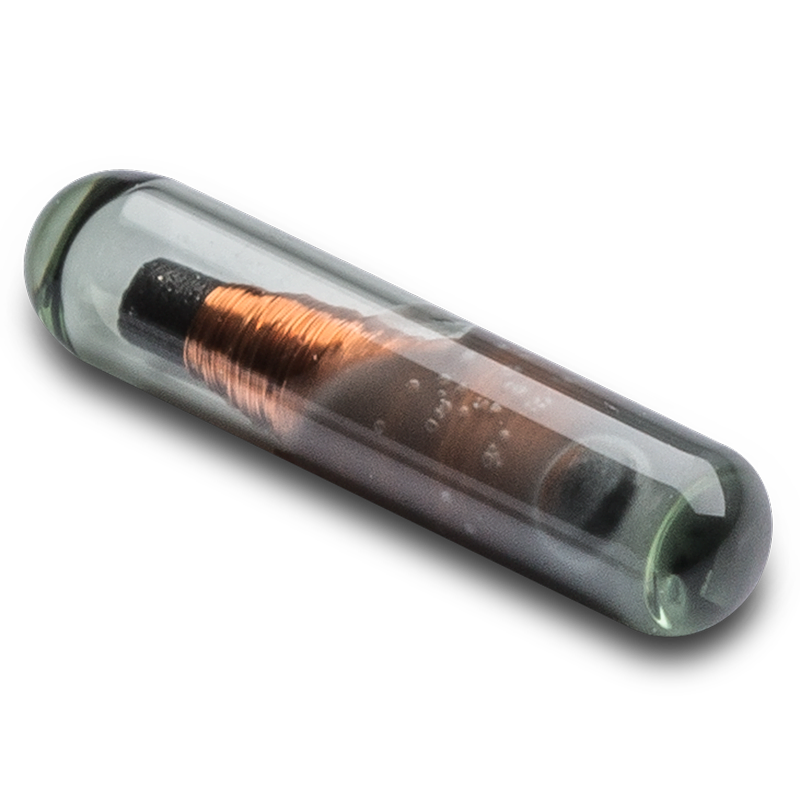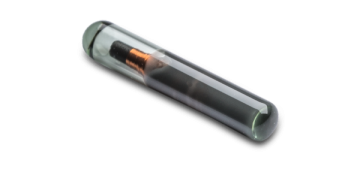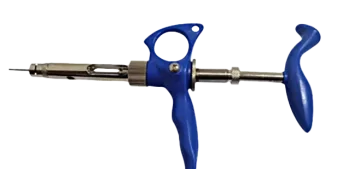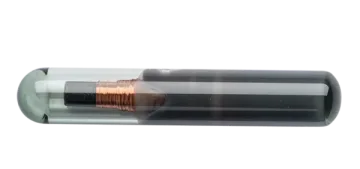Optimal Implantation Sites and Techniques for Passive Integrated Transponder (PIT) Tags in Teleost Fishes to Ensure Long-Term Retention and Animal Welfare
Choosing the Right Location for Accurate Data and Healthy Fish
Passive Integrated Transponder (PIT) tags have become a standard tool in fisheries research, aquaculture and conservation programs around the world. They provide reliable individual identification, long-term datasets and minimal impact when used correctly. One of the most important factors in any PIT tagging program is proper tag placement. The ideal location can vary based on species, size, anatomy and research goals. Below is a clear overview of the most common placement techniques and how researchers select the right one.
The Most Common Placement
The majority of PIT tags are implanted within the stomach cavity. Anatomical term is the intraperitoneal cavity. This method is used across many fish species because it is fast, consistent and supported by decades of data showing excellent tag retention and low stress when performed correctly.
Intraperitoneal placement protects the tag inside the body cavity, provides long term stability and reduces irritation. This technique is widely used in salmonids, catfish, sturgeon, trout, bass and many other freshwater and marine species.
When the Dorsal Sinus Is Preferred
While intraperitoneal placement is standard in many research programs, certain species or study designs may call for placing the tag in the dorsal sinus. The dorsal sinus is the space just under the skin and above the spine near the base of the dorsal fin. This method avoids entering the body cavity and can be useful for species with delicate abdominal walls or for studies where quick healing and minimal internal handling are required.
Although dorsal sinus tagging is species dependent, researchers choose this method when it provides superior retention, reduces handling stress or better supports the physiological characteristics of the fish being studied.
Why Anatomical Differences Matter
Fish vary widely in body shape, organ placement and tissue density. A placement that is ideal for a robust salmon smolt may not be appropriate for a slender or fragile species. Researchers evaluate factors such as
Tag to body size ratio
Muscle and tissue thickness
Stress response during handling
Growth rate over the study period
Capture method and recapture expectations
These elements influence which tag placement will heal fastest, provide the highest retention and minimize impact on long term health and behavior.
Ensuring Proper Technique
Regardless of location, successful PIT tagging depends on correct technique and careful handling. Important practices include
Using the proper needle and implanter for tag size
Keeping equipment clean to reduce infection risk
Following the correct insertion angle to avoid organs or bone
Minimizing air exposure and handling time
Allowing fish to recover in clean, oxygen rich water
Many agencies and research groups rely on standardized protocols to ensure consistency and data reliability.
Matching Placement to Species and Study Goals
There is no universal placement method for all fish. Intraperitoneal tagging is effective and widely used, while dorsal sinus placement is preferred in specific situations based on anatomy and project needs. Selecting the right method ensures accurate data collection and maintains the health and survival of tagged fish.
Need Help Determining Proper Tag Placement
If you are unsure which tagging method is best for your species or project, the team at Voda IQ is here to help. Contact us at [email protected]









Add comment